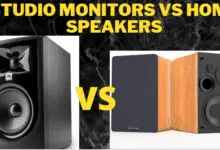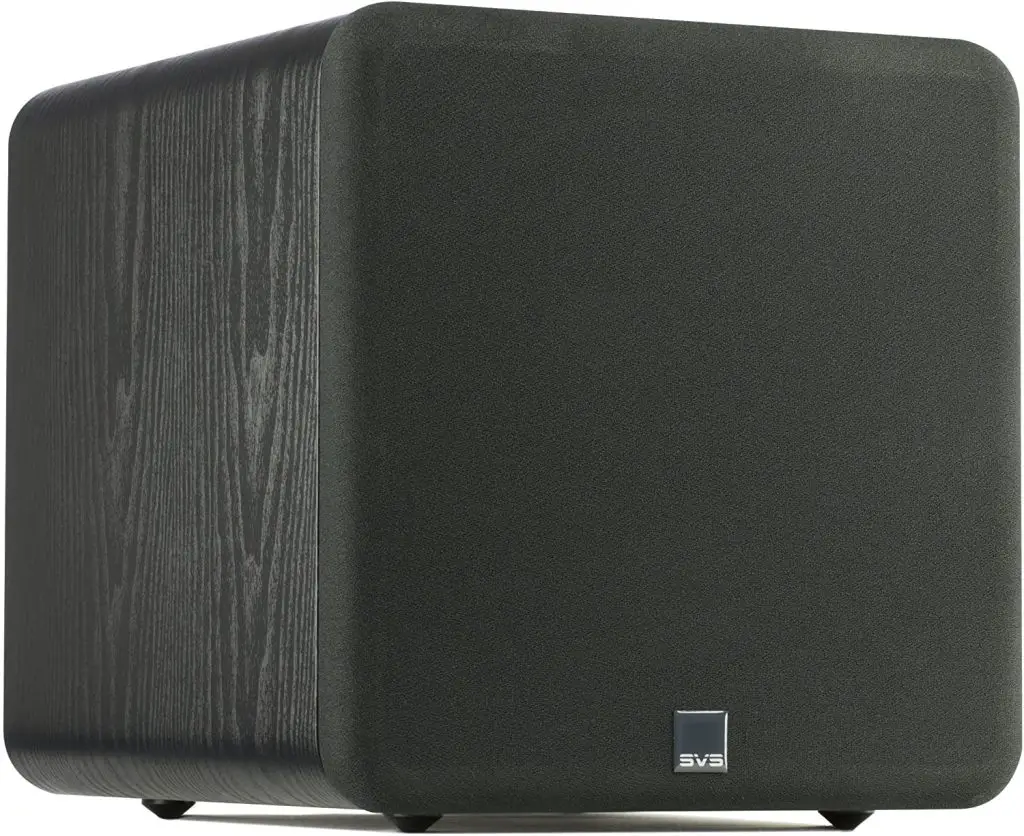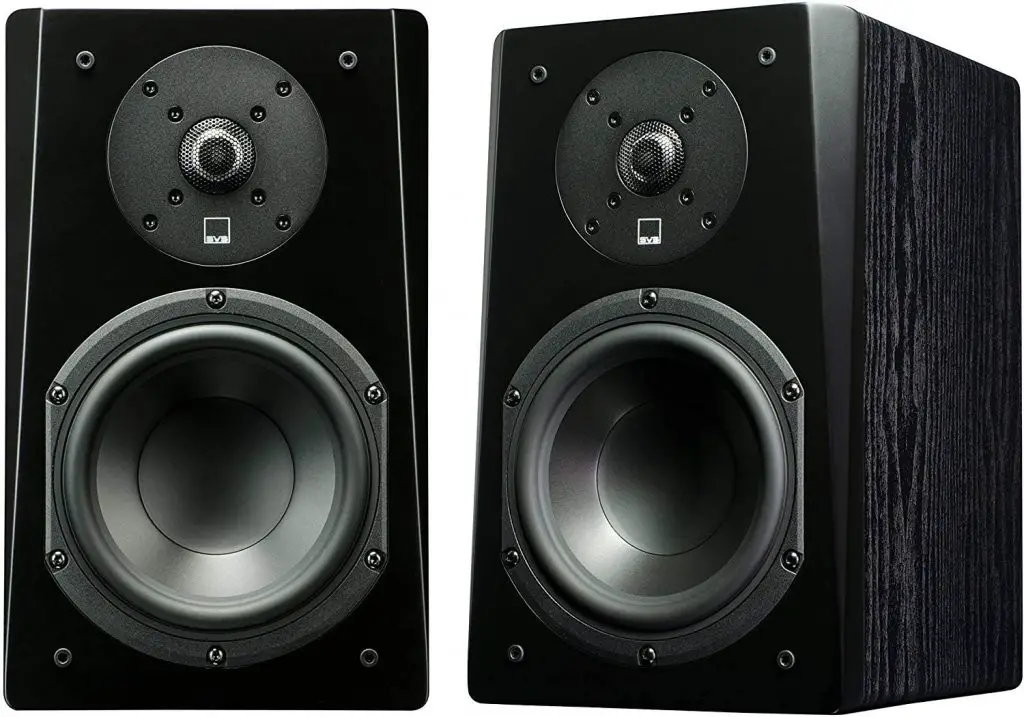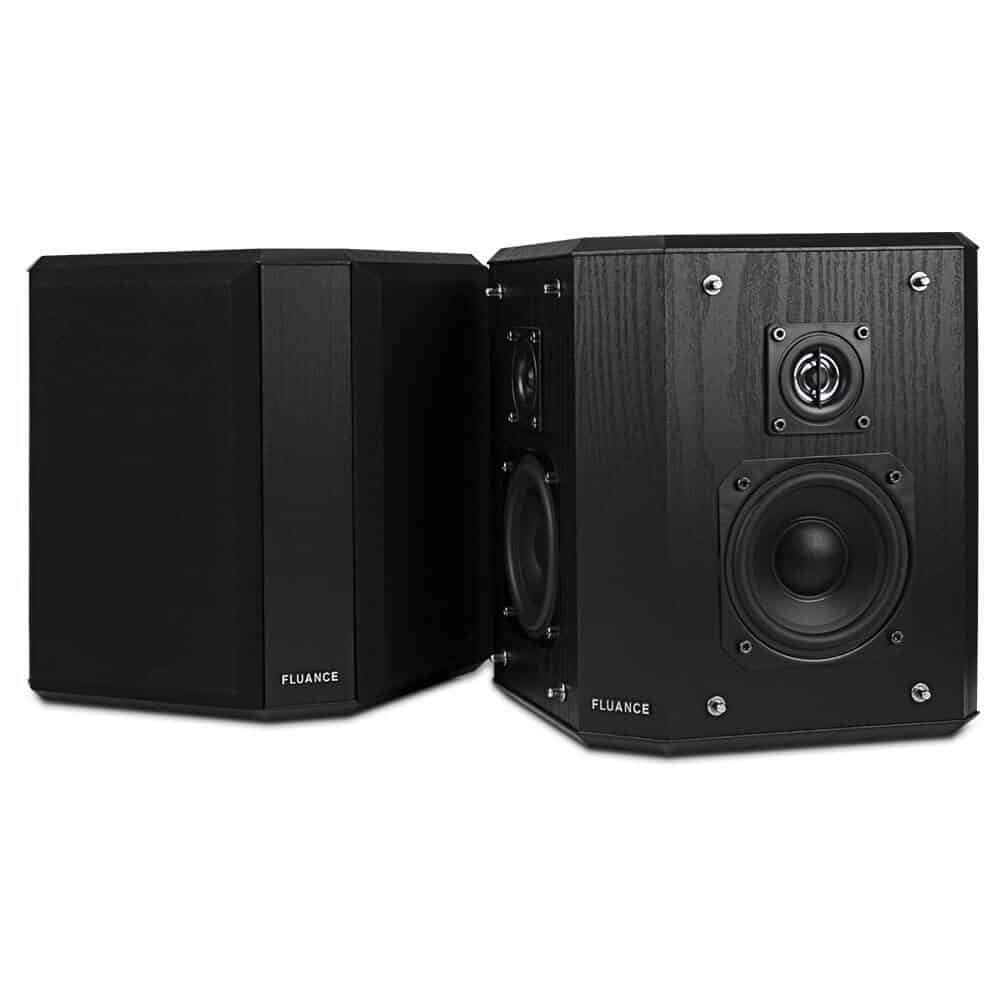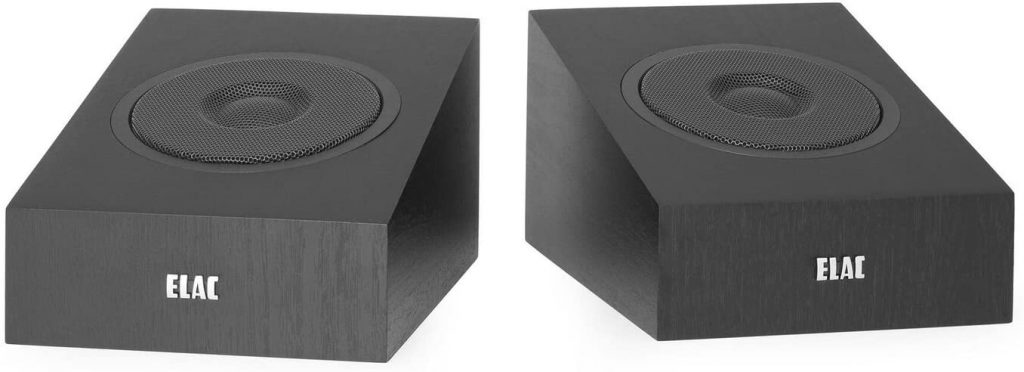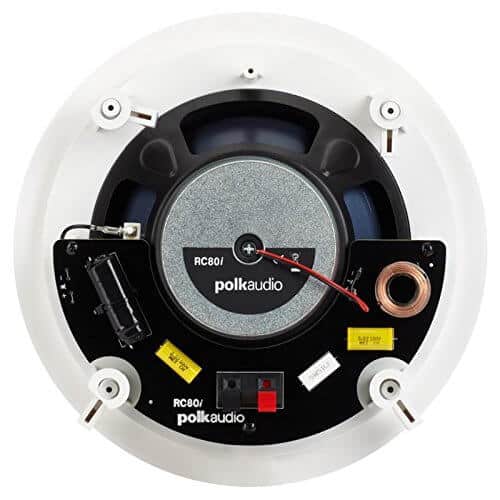Throughout this article, we will take you through a systematic approach and point out Tips On How To Choose Home Cinema Speakers.
If you want to purchase the best possible home cinema speakers for your home sound system, then you have to put several things into consideration.
Getting the best home cinema speakers to go beyond your budget, even if that is one factor to put into consideration.
In the audio industry, there are a plethora of speakers with various specifications and speaker layouts and that’s before you put your preferred speaker brand into consideration.
Table of Contents
What Is A Home Cinema Speaker System?
All the surround sound speakers that you require to set up a complete surround is what a home cinema system is.
A 5.1 speaker system includes a right and front left speaker, a subwoofer, two surround speakers, and a center speaker while a 7.1 speaker system comes with two extra surround speakers to be installed at the room’s rear end for extra sound.
Tips On How To Choose Home Cinema Speakers
1. Speaker Sensitivity:
Each speaker comes with a sensitivity rating. This may be referred to as efficiency.
It is an important speaker specification that cannot and should not be overlooked. It informs you how efficient a speaker is as turning the power it gets into sound. An effective speaker converts most of the power it gets into heat.
What this connotes is that extra power will be required to get to the same volume an efficient speaker will get to.
Speakers’ sensitivity range from around 80 to 100 decibels, anything below 84 decibels will perform poorly, and anything above 92 decibels will perform greatly.
For the sensitivity of two different to be compared, the impedance they were tested with needs to be known.
It will be difficult or rather impossible to compare them if you measure them with different impedance from what was originally used.
2. Power Handling Of The Speaker:
The rating of the power a speaker can handle is important. This is the power the speaker gets from the Audio Video Receiver.
Endeavor to check your amplifier’s rated output to ensure you are in the right alley. You don’t need to be precise or have ample wiggle space, but you should ensure that the speaker you eventually chose is compatible with your amplifier.
Most amplifiers and speakers built to be used at home should be compatible. Additionally, when you peruse the numbers given for the speaker and amplifier, ensure to compare like-with-like values.
Average/RMS values and peak values are mostly utilized to list ratings. These are not the same; you may encounter a suggested power range that is simpler to comprehend.
3. Speaker Impedance:
An impedance value is found in every speaker. Impedance values are mostly in the range of 4 to 8 ohms in hi-fi or home cinema speakers.
A speaker’s impedance refers to how difficult it is to send electrical signals through it or can be said to simply mean a speaker’s resistance.
The impedance listed is an average or nominal value, the real impedance is dependent on the audio signal’s frequency.
4. The Frequency Response Of The Speaker:
Although the hearing of humans usually delineates with age, the range of human hearing is about 20Hz – 20kHz.
Speakers are built to reproduce specific frequencies and the frequency response informs you about this range.
Subwoofers usually reproduce frequencies ranging from 20Hz to 200Hz, a bookshelf speaker with a good sound reproduces frequencies ranging from 60Hz to 20kHz.
A speaker’s chart can give you an idea of how the speaker will sound in your apartment. It is ideal for speakers to have a flat frequency response.
What this means is that it can equally reproduce all frequencies give a stipulated level input signal. Realistically, the frequency response cannot be perfectly flat.
5. The Type And Size Of The Speaker:
Oftentimes, the type and size of the speaker driver/cone will be listed. It will be of great benefit to you to understand the different types. Several speakers are built with various drivers that reproduce certain portions of the frequency range.
Generally, small speakers are utilized in the reproduction of high frequencies and it is referred to as a tweeter.
Tweeters are usually shaped like domes and are about 1 inch in diameter. Larger cone-shaped drivers mostly reproduce low frequencies better.
This sort of speaker is referred to as a woofer. Woofers come in a vast size range from about 10 inches and above.
A midrange driver is situated in between a woofer and a tweeter. Its design is likened to that of a woofer but smaller compared to them.
Although some speakers may come with single full-range drivers, most speaker cabinets have one mid-range driver and one tweeter. Some speakers do have multiple drivers.
All of these are dependent on the speaker’s design and the frequency range it is built to reproduce.
6. The Speaker’s Sound Quality:
This is where opinions vary. A person may consider the sound of a particular speaker good while someone else may not share the same opinion.
All the specifications mentioned above can help you roughly ascertain a speaker’s sound quality, but the best way is to listen to it.
If you are unable to manage your speakers yourself, then you have no choice but to depend on the opinions of users and the specifications.
Most of the speakers produced by the top brands in the audio manufacturing industry are likely to sound great; opting for any of them will be a smart move on your part.
However, you are the only one in the position to determine if they match your idea of “good”. One thing you should never forget that the amplifier used on a set of speakers has a great effect on their sound.
Whatever you pay for is what you will get, you should not be shocked to discover that the pricier speakers have better sound performance.
Regardless of your budget, endeavor to go for speakers with great sound performance. Purchase only the crop of the cream and you will own speakers that will stand the test of time.
Some Of The Best Home Cinema Speakers In The Market
When it comes to looking for home cinema speakers there are so many choices and we can’t give you a complete list of all them in this article.
However, I will list five of the top and hottest choices based on quality, performance, and customer preference.
The SVS SB-1000 Subwoofer (Black Ash)
SVS is prominent for manufacturing some of the best home cinema speakers. This impressive subwoofer has a combination of impeccable design and great value for money.
The SVS SB-1000 is a sealed unit that features a compact 13-inch cabinet. It also comes with a 12-inch front-firing driver that provides 700 watts or 300 watts of RMS peak power.
The SVS Prime Satellite Speaker (Pair)
Standing at 8.5 inches the SVS prime compact satellite speakers are impeccable to use as surround speakers. The SVS prime can be utilized wherever you wish in your surround system.
The SVS prime may not be a sub with a 1-inch tweeter and a 4.5-inch midrange speaker; they emanate a natural sound that will fit in seamlessly with speakers from other brands.
Fluance Home Theater Bipolar Surround Sound Speakers
This home cinema speaker gives an impeccable performance in a 7.1 or 5.1 surround sound system.
They can be placed beside or behind the listening position to experience a room-permeating sound.
With a total of four drivers, there are two 1 inch neodymium tweeters and two 4-inch woofers.
The Fluance SXBP2 has a frequency response of 130Hz – 20 KHz and they can handle the power of 20 to 100 watts and their sensitivity is 88 decibels.
ELAC Debut 2.0 A4.2 Dolby Atmos Modules speaker
The Dolby Atmos module ELAC debut 2.0 can be placed on your bookshelf or floor-standing speakers.
This speaker will give you 3D sound when you connect it to your Dolby Atmos-enabled Audio Video Receiver.
A 0.5-inch polymer dome tweeter and 4-inch woofer are placed in a compact enclosure. The ELAC Debut 2.0 is a worthy choice for getting into object-based 3D sound.
The Polk Audio RC80i 2-way Premium In-Ceiling Speakers
If you need in-ceiling speakers installed, then the Polk Audio RC80i is a great choice. With a 1-inch soft-dome tweeter and an 8-inch polymer driver, the Polk Audio RC80i will perform superbly as surrounds or Dolby Atmos height speakers.
They come with a 15 degree swivel mount to ensure accurate positioning.
Final Thoughts
It is not a tough task to choose the best home cinema speakers for your home cinema sound system.
What you need to focus on is the type of speaker you desire for your home. Now that you are familiar with how to select them that part should be easier now.
The next thing is to go after speakers around the shores of your financial strength and take a peek at their specifications to better comprehend them.
If you can get access to try the speakers before paying for them, that is even better.


